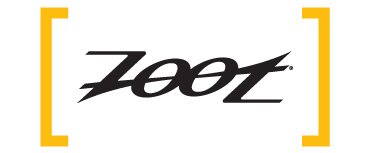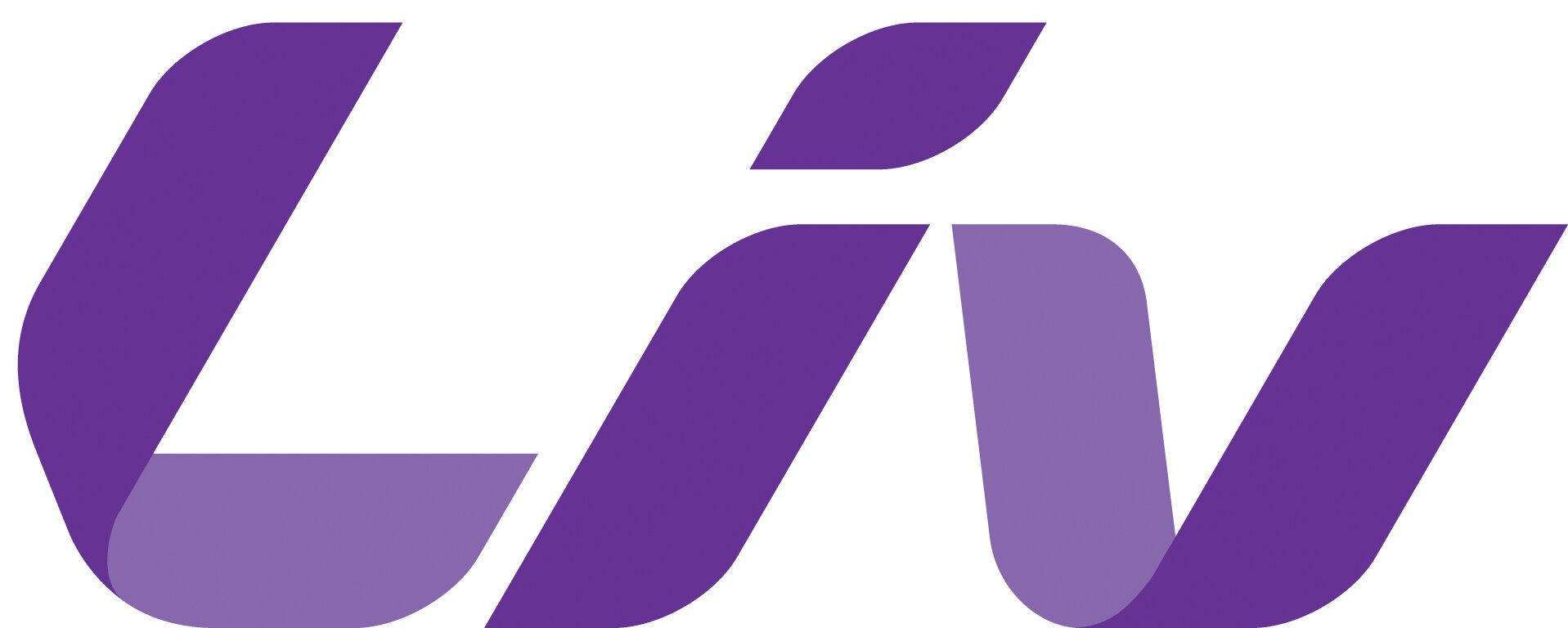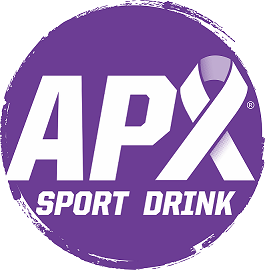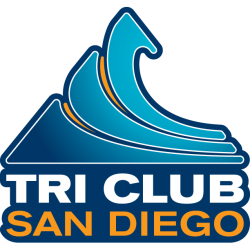Riding with the team
What should I bring on a team bike ride?
- Helmet – this is REQUIRED! You must wear a helmet on all team rides. No helmet, no ride.
- Proper clothing – temperatures can be in the 40’s when we begin our morning rides in the winter, so it’s up to you to know what the weather will be and dress accordingly! Remember that you’re adding a 20 mph wind chill to however it feels outside.
- Water or sports drink – When working out, it is generally recommended that you drink a bottle of fluid per hour. Please plan accordingly. On longer rides, we will stop and refill bottles.
- Food – If you plan to ride longer than an hour, then please bring snacks (Clif bars, power bars, PB&J sandwich, banana, trail mix, etc). You need to consume about 200-300 calories per hour of riding!
- Spare tube and/or patch kit
- Small pump or CO2 inflator
- Emergency info – In a plastic bag, put a photo copy of your drivers license, student ID, and medical insurance card. Also write down who to call if you get injured. Alternatively, buy (and wear!) a RoadID. This keeps your important information (name, emergency information, allergies) right on your body. Even with a RoadID, you still should bring an ID and insurance card.
- Money or Credit Card – Bring $10 to $20 dollars just in case you need to stop by a bike shop to get something fixed, or you need to buy more food or drink along the way.
- Cell phone
Note: all this stuff will fit nicely in the back pockets of a cycling jersey + a small saddlepack- there’s no need to bring along a backpack.
What is the route for the team bike ride?
The team ride on Saturday can follow any number of routes, depending on how far people want to go and how adventurous people are feeling. However, our default Saturday ride is a 40 mile route that starts at the in the Old Student Center. and heads North through Del Mar and Rancho Sante Fe before heading out to the coast and back along Coast Highway. This is typically referred to as the “Rancho Ride”. There are a several variations of the this ride for those wanting less or more mileage. You can see a map of the Rancho Ride and couple variations .
During the week, people will do short aerobic rides in the mornings. Look for email on the team list to find out when these are happening. Typically these rides are about 25 miles long and often go up and back along Coast Highway
Additionally, here are some of the longer routes that the team does from time to time:
Buying and caring for a bike
How much does a bike cost?
The team has sponsorship deals in place which allow team members to purchase bikes at significant discounts. New entry-level road bikes that are suitable for training and racing start around $700. In addition to the bike, you should also expect to spend another $100 to $200 dollars for other bike-related accessories (helmet, bike shorts, shoes, etc)
What should I look for when buying a bike?
You will want to find a bike that has at least “enthusiast” level components (the gears and other pieces that make up the bike’s drive train). This will ensure good performance and longevity for your bike.
Many people on the team are happy to help new members learn about and find bikes. We have useful sponsorships to help you find a bike, from deals at Moment Bicycles to used bikes from TCSD’s Classifieds. If you are looking for a bike, please ask one of the captains or senior team members for help.
What should I know how to fix and maintain on my bike?
Three big things:
- Know how to change a flat tire. Flats happen on a significant fraction of our group rides- you NEED to be able to change it quickly and correctly so that your ride doesn’t end there.
- Know how to keep your tires inflated. You should probably be riding on tires that are inflated to about 110 PSI, but within 2 days, your tires which were just at the right pressure will be down to 80-90 PSI. For this reason, it’s important to have a floor pump and check/inflate your tires before every ride you do.
- Keep your drivetrain clean and greased. The easiest way to go this is to wipe your chain with an old t-shirt (pedal backwards while you hold the rag steady), lube your chain with chain grease (about one drop per link), then repeat this process once more (i.e. wipe, then lube). After that, you should either go outside, or hold your rear tire off the ground while you pedal forwards and cycle through all of your gears. If you can do this somewhere between once a week and once a month, you’ll greatly extend the life of all those expensive components that you paid so much for.
- Join us for our annual bike camp in Anza Borrego Desert State Park to learn and improve your bike maintenance and riding skills!
What are good resources if I want to learn more about adjusting and maintaining my bike?
Here’s a good primer: http://www.jimlangley.net/
Park Tool has good guides to adjusting your front and rear derailleurs
In general, Google is your friend! Learning to fix your own bike requires only a little bit of special equipment, but it can save you a lot of money, and will make your races and group rides go much more smoothly.




